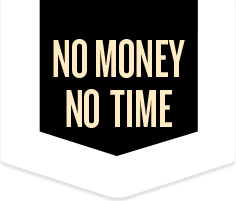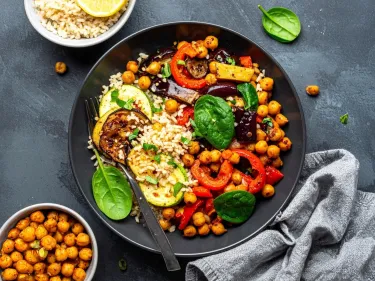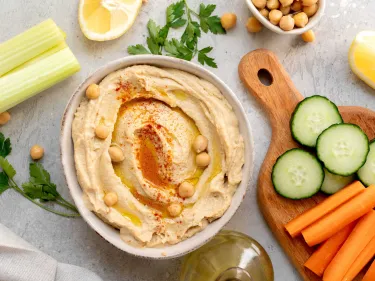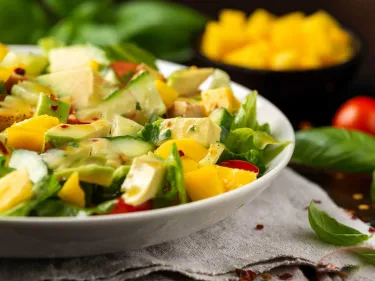The supermarket can sometimes feel overwhelming - with its vibrant displays, tempting special offers and the smell of freshly baked bread. Supermarkets are carefully designed to encourage shoppers to buy more than they planned. Even if you only intend to grab a few items, it's easy to end up with a trolley full of things thanks to clever marketing strategies.
When short on time and shopping on a budget, online shopping can help you stay focused and avoid impulse buys. Here are our top tips for shopping smarter not harder when it comes to online grocery shopping.
Compare grocery stores
Most supermarkets have the option of online shopping, as well as online catalogues or newsletters. This makes it easy to compare prices between stores. Some supermarkets also have apps, making it convenient to browse on your phone and become familiar with product and specials. Online shopping allows you to filter by products, brands and dietary requirements, such as dairy free or gluten free.
Delivery times
Online grocery shopping gives you the flexibility to choose delivery times that suit your schedule. Mid-week deliveries (i.e., Tuesday and Thursday) can help reduce delivery costs, and may allow you to take advantage of minimum spends for free delivery. Another option is store pick up or click and collect for no cost, which also reduces the temptation of browsing the supermarket for last minute impulse buys.
Checking food labels and comparing prices
Other pros of online shopping are the ability to compare food labels and prices across different products. Filters available with online shopping can help you sort prices from low to high, as well as compare per unit price (for example cost per 100g). Download our label guide to learn more about how to read food labels.
Create a list
Compiling a list of items you need for the week can reduce overspending and food wastage. In fact, a recent study showed that 50% of grocery items were purchased on impulse. Whether you're meal prepping or creating a list of ingredients you need for dinners this week, a list takes the guess work out of grocery shopping. With online shopping, there's also the convenience of being able to check the cupboard while you are shopping, which helps to prevent buying any unnecessary items or overstocking.
Track the running total whilst shopping
The task of browsing a store and keeping track of how much your trolley is adding up to is very difficult. The benefit of online shopping is you can keep track of how much you are spending throughout your shop. This can help you stick to a budget as you can easily remove or swap items from your cart if it is costing too much.
Final checks before purchasing
Sometimes when you get to the checkout you realise you have forgotten an important staple like milk or bread. With online shopping, you can check your cart to make sure you have the items you need, as well as get rid of any purchases before checking out. These final checks can save you from an extra trip to the supermarket or coming home with one too many bags of mixed lettuce.
The bottom line
Online grocery shopping can be a simple tool for shopping on a budget and for saving time. Keep these simple tips and tricks in mind when doing your next weekly shop.













